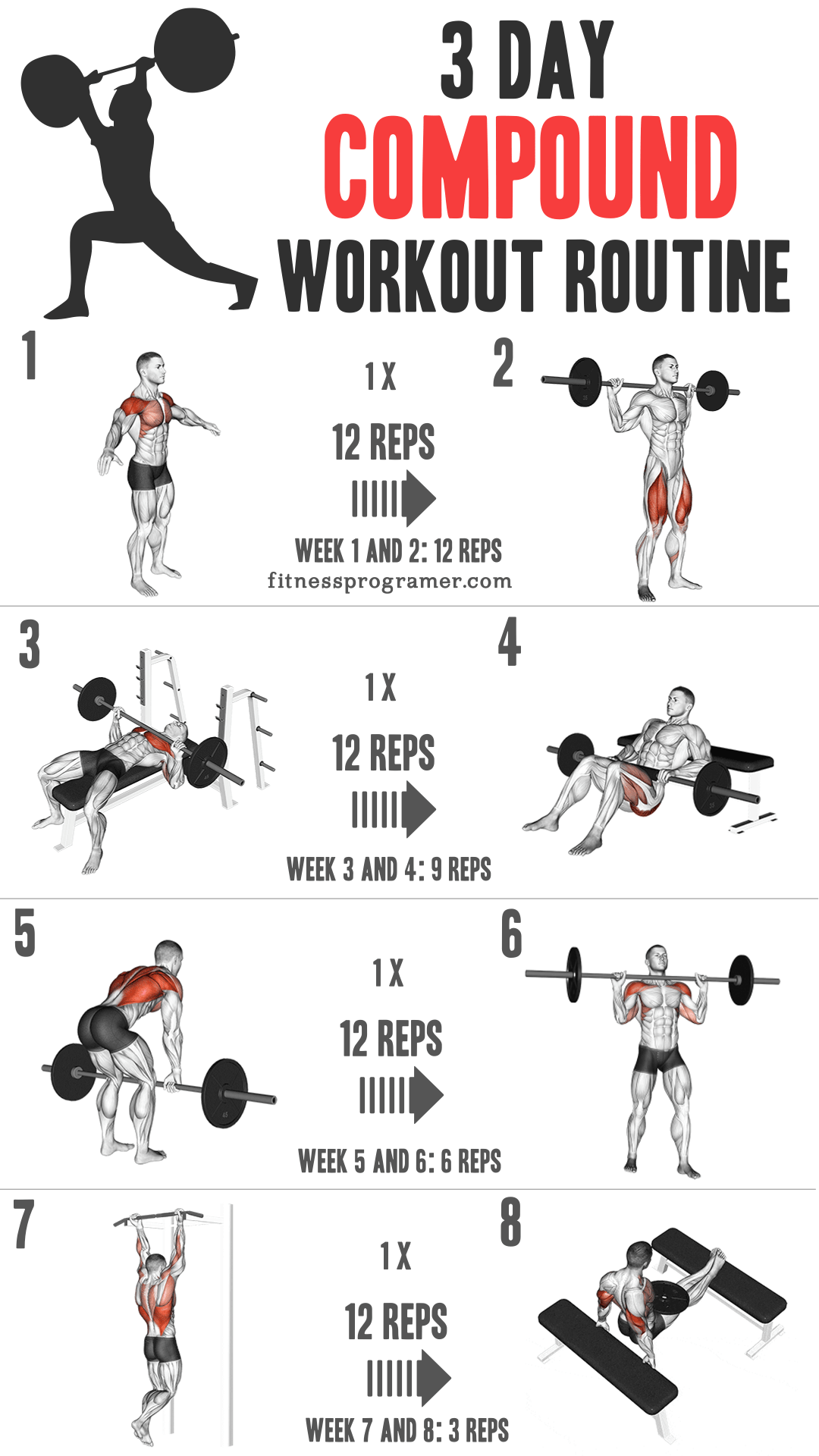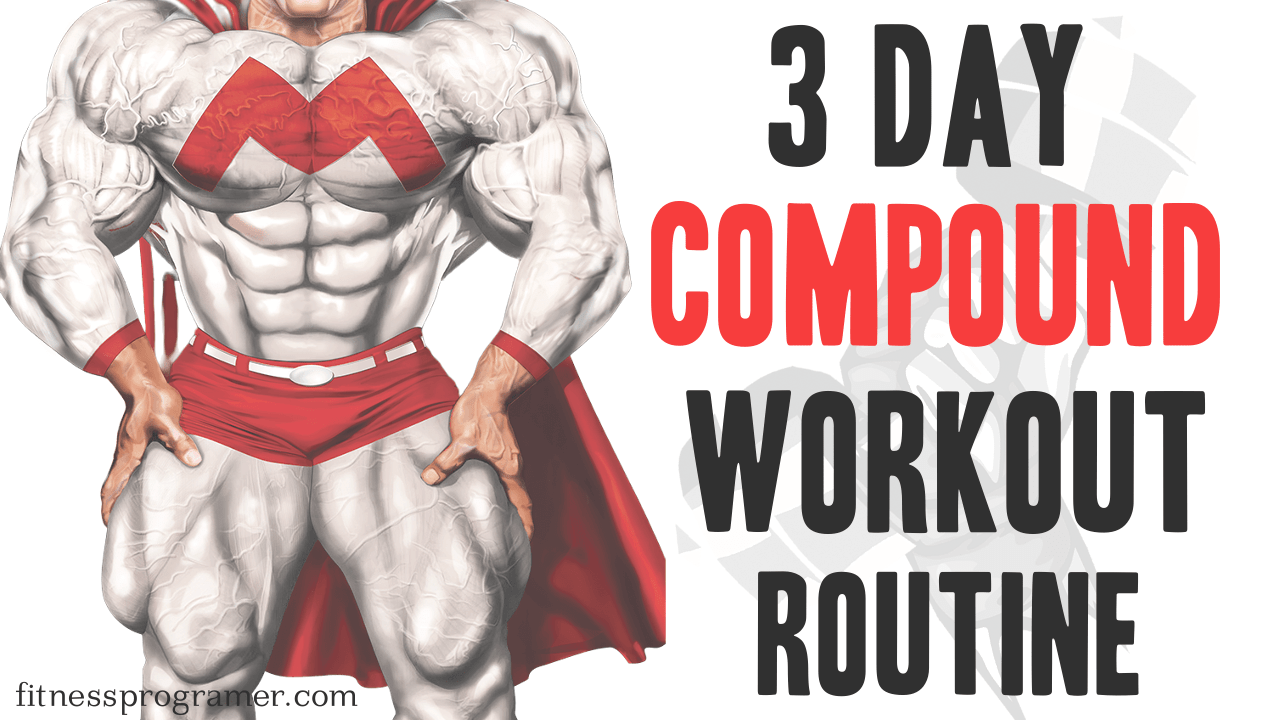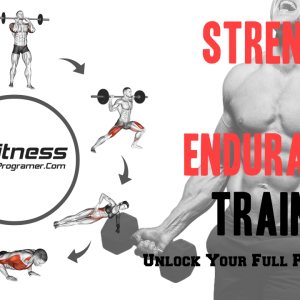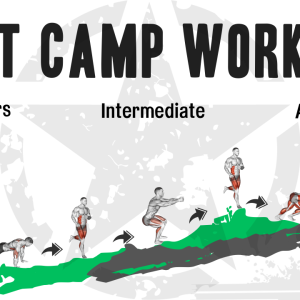Contents
The 3 Day Compound Workout Routine is a comprehensive strength-building program that focuses on compound movements to enhance both muscle size and overall strength. By lifting weights only 3 days per week, you give your body the proper rest and recovery that it needs. This also leaves more days for fat burning cardiovascular exercise.
3 Day Compound Workout Routine overview
If your goal is to improve overall fitness and build strength, the 3 Day Compound Workout Routine provides a balanced and effective regimen. The program works on a 3-day exercise routine with a special rest day between each session. The weekly schedule consists of three workouts followed by four days of rest, providing your body with ample time for recovery and growth.
| Workout Type | Full Body |
| Program Duration | 8-12 Weeks |
| Workout Goal | Strength and muscle gain |
| Levels | Beginners, Intermediate |
| Rest Between Sets | 60-120 Seconds |
| Frequency | 3 Days per Week |
| Gender | Male and Female |
Weekly Workout Schedule
- Week 1, Day 1 = Workout
- Week 1, Day 2 = Off
- Week 1, Day 3 = Workout
- Week 1, Day 4 = Off
- Week 1, Day 5 = Workout
- Week 1, Day 6 = Off
- Week 1, Day 7 = Off
In this program, there is only 1 workout consisting of 7 compound exercises that you will repeat. This makes it very simple to follow and allows you to focus on getting as strong as possible on each exercise over the course of the weight training workout program.
| Exercises of a 3 Day Compound Workout Routine |
|---|
| Squat |
| Bench Press |
| Barbell Hip Thrust |
| Barbell Rows |
| Overhead Press |
| Chin-up |
| Bench Dips |
The Progression Strategy of the 3 Day Compound Workout Routine
This program employs a gradual weight progression approach to promote muscle adaptation and strength gains. You’ll begin with very light weights, increasing the weight lifted in subsequent workouts. As the number of repetitions decreases, the weight can be significantly increased, allowing you to challenge your muscles effectively over the course of the program.
Weekly Rep And Weight Progression:
Weeks 1 and 2: Establishing Foundations (1 Set of 12 Reps)
During the initial phase of the program, spanning weeks 1 and 2, the emphasis is on familiarizing your body with the exercises and perfecting your form. You’ll perform 1 set of 12 repetitions for each exercise during every workout. This phase serves as the groundwork for the weeks ahead, enabling you to build a strong foundation and develop a solid mind-muscle connection.
Weeks 3 and 4: Building Strength (1 Set of 9 Reps)
As you progress to weeks 3 and 4, the program takes a step forward by reducing the rep range to 9 repetitions for each exercise in every workout. With the movements now becoming more familiar, the lowered number of reps provides you with the opportunity to increase the weight you lift. This phase encourages your muscles to adapt to higher resistance, promoting the growth of strength and muscle endurance. (Dips and Chin Up) Once you get to 12 reps, it’s time to begin adding weight with a weight belt. Add 5 or 10 pounds once you reach 9 reps with a given weight.
Weeks 5 and 6: Intensified Challenge (1 Set of 6 Reps)
Transitioning to weeks 5 and 6, the program introduces a heightened challenge by further reducing the rep range to 6 repetitions for each exercise during each workout. This phase intensifies the load on your muscles, sparking greater muscle adaptation and overall strength development. The controlled increase in weight for fewer reps cultivates greater muscle power and encourages continued progress (1).
Weeks 7 and Beyond: Maximum Intensity (1 Set of 3 Reps)
As you advance into weeks 7 and beyond, the workout program enters its final phase of progression. During this phase, you’ll transition to 1 set of 3 repetitions for each exercise in every workout. By reducing the rep range to 3 reps, the focus shifts towards maximal strength development. This phase challenges your muscles to their highest capacity and delivers impressive strength gains.
3 Day Compound Workout Routine
- Focus on maintaining proper form throughout each exercise to prevent injuries and ensure optimal muscle engagement.
- Remember to warm up before starting the workout and cool down with some light stretching afterward. Listen to your body, and if you experience any discomfort or pain, stop immediately and consult a fitness professional or healthcare provider.
1- Squat
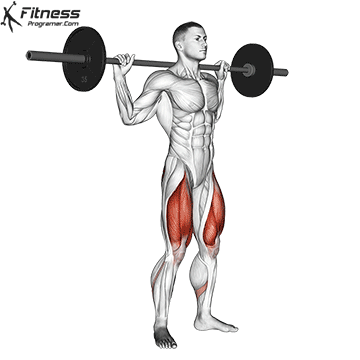
The squat is a fundamental lower body exercise that targets multiple muscle groups, including quadriceps, hamstrings, glutes, and lower back. It helps build leg strength and overall lower-body power.
2- Bench Press
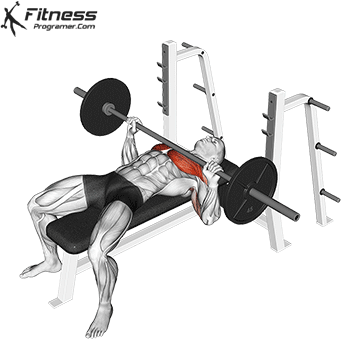
The bench press primarily targets the chest, shoulders, and triceps. It’s a great upper body compound movement for building upper body strength and promoting muscle growth in the chest and arms.
3- Barbell Hip Thrust
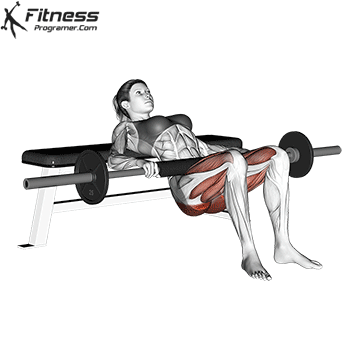
Hip thrusts target the glutes, hamstrings, and lower back muscles. They’re excellent for developing strong and shapely glutes while also supporting hip stability and posture.
4- Barbell Row
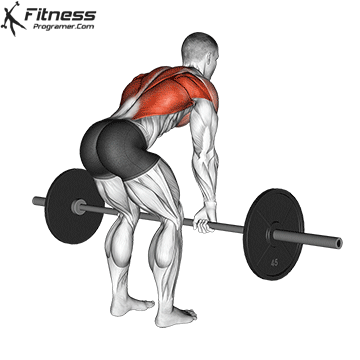
Rows, whether performed with a barbell or other equipment, work the upper back, including the lats, rhomboids, and traps. This exercise helps to improve posture, upper body strength, and overall back development.
5- Overhead Press

The overhead press, also known as the military press, targets the shoulders, triceps, and upper chest. It’s great for building strong and balanced shoulder muscles, contributing to upper body strength and aesthetics.
6- Chin-up
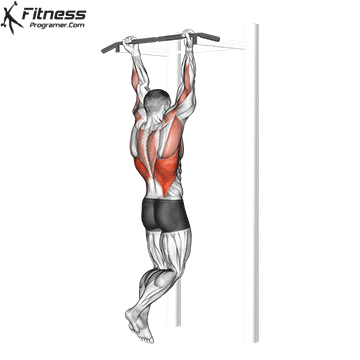
Chin ups are a challenging bodyweight exercise that primarily works the back muscles, especially the lats and biceps. They are effective for building upper body strength and improving grip strength.
7- Bench Dips
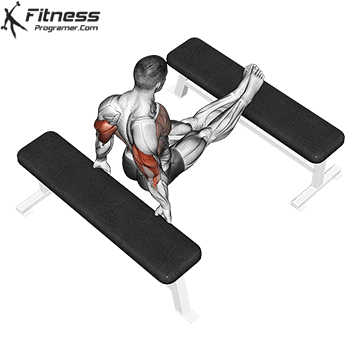
Dips are an effective compound exercise that targets the triceps, chest, and shoulders. Dips are an excellent addition to the routine, helping you develop strong and defined upper body muscles.
When to Stop This Program
Once you begin stalling again during the 3 rep range, it’s time to stop the program. If you feel run down at all during the 3 rep range, you can also terminate the program then.
The Bottom Line
You will not be going to failure at all during most of this program. Once you get to the 6 rep range and are setting new personal records each workout, you will get to a point where you will reach failure. Continue working hard and increasing the weight until you are stalling on most exercises. The intensity for this program is low until you get to the heaviest parts of the 6 rep range and the 3 rep range. Volume is also low but frequency of this program is high. You’ll learn how much your body can take with this program. It’s a great program that helps you learn more about your body as it gives great results along the way too.
If you’re new to working out or have any underlying medical conditions, consider consulting a fitness professional or healthcare provider before starting a new exercise routine.
